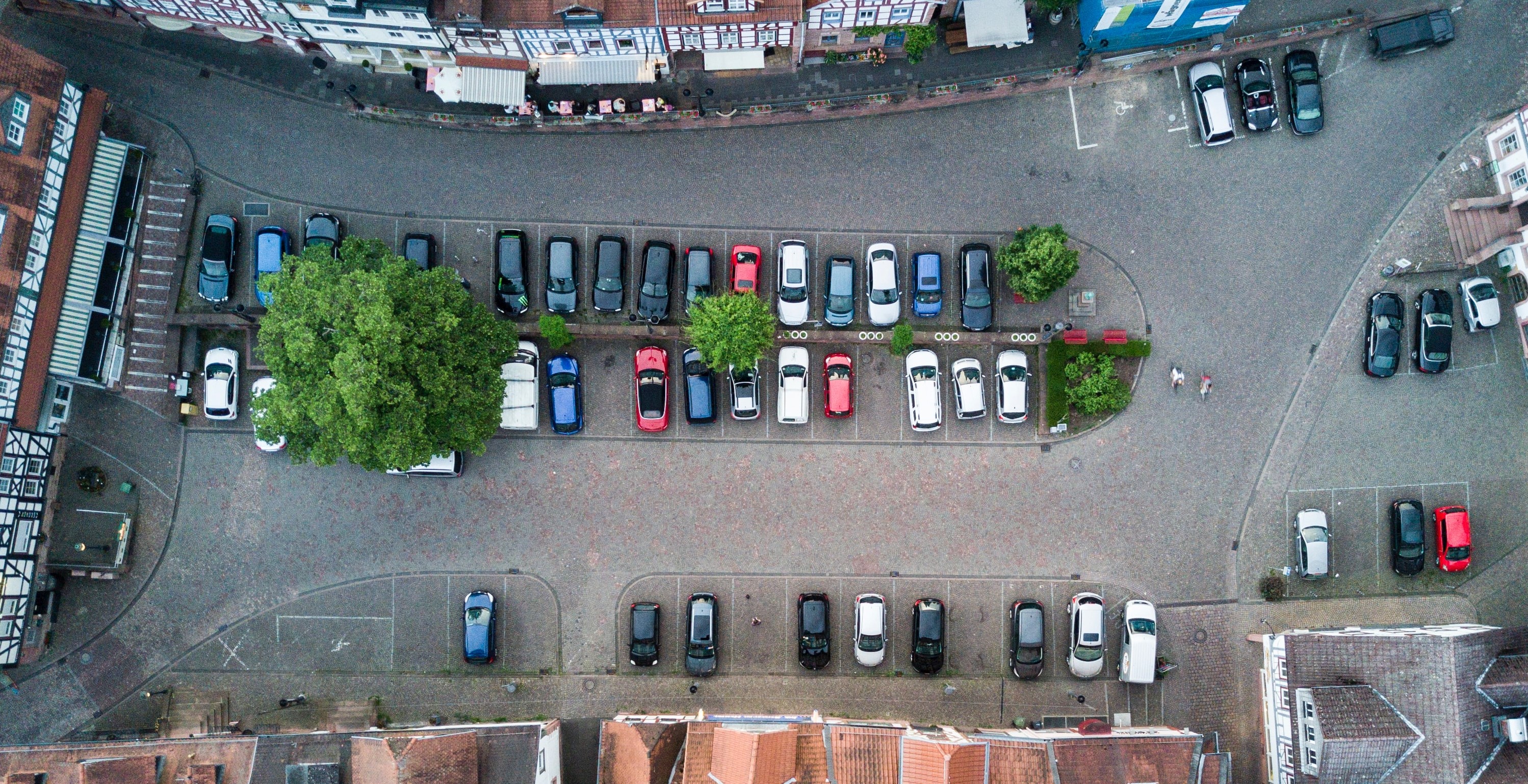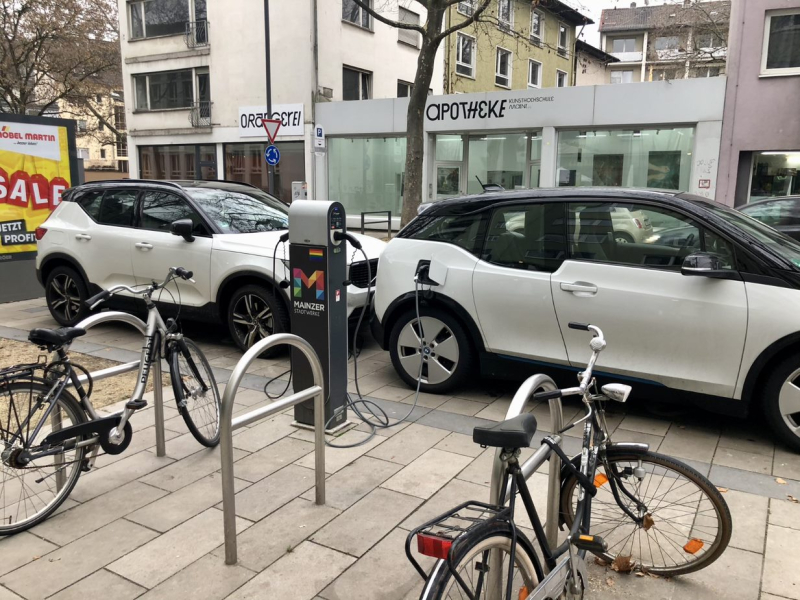
Mainz - Improve e-parking
Mainz - Improve e-parking
The municipal utility in Mainz is testing the DKSR Open Urban Data Platform in the city area with the aim of establishing it area-wide if it proves successful. Parking violations at e-charging stations pose a challenge for the municipal utilities. These limit refueling options for e-mobilists and thus also the charging power turnover of Mainz's municipal utilities. By linking data from e-charging stations and parking sensors, utilization is obtained for a better understanding of the usage pattern of parked cars at charging stations. The analyzed data enables the derivation of strategies and concrete measures - e.g. providing e-mobilists with the occupancy status of charging pole parking spaces via the mobility app of Mainzer Mobilität.
Opportunities
- Demonstration of synergies through the linking of different urban data sources in one platform.
- Municipalities learning how an urban data platform can be used to add value to their services.
- Deriving a taxonomy of charging behavior based on upstream analysis.
- Making data-driven decisions withint the organization.
- In the medium term, improve the availability of charging stations and increase sales of charging electricity.
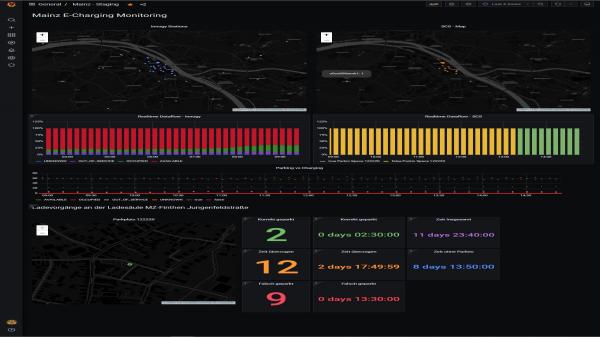
Adaptation for your city
- This application can be easily obtained through the Urban Data Community.
- Implementation time: 3 to 6 months.
- On the part of the city, a project owner should be named who defines any deviating requirements and accepts development steps.
Necessary technologies
- E-charging columns (in this case from Innogy) + APIs
- Parking sensors (in this case from Smart City Systems) + APIs
- Complex Event Processing Engine
- 2x connectors to the e-charging columns from Innogy (occupancy, energy consumption)
- 1x Connector to the parking sensors from Smart City System
Faktor Geld
- A 1:1 The application can be adapted for use in different locations with little effort.
- UDC members with an open urban data platform can expect about 10 - 35 days of effort.
- The investment includes the connection of different data sets, the calculation logic (data model) and the visualization of the data in a dashboard.
- The largest cost factor is the connection of the data.
Lessons Learned
In order to develop an evidence-based classification system of user behavior, it is necessary to conduct thorough testing and analyses of data samples(e.g., data from a charging station & parking sensor). In this way, the real-world usage patterns can be understood. Hence, a detailed data report was produced in advance.
Classification of e-charging behavior: Incorrectly parked (cars that park & do not charge), Time exceeded (cars that charge and exceed the maximum time), Correctly charged (cars that both park, charge, and leave the parking space before their time the allotted time has run out)
The documentation of the APIs must be well understood. It is often the case that they are not transparent and do not contain all the necessary information. Therefore, communication with company consultants is frequently necessary.
Deriving strategic measures: What insights can be derived from the data? For example, they could lead to a demand-based relocation of e-charging stations, to broader advertising, or to more flexible pricing for charging electricity.
In cross-organizational digitization and innovation projects, it is important to involve the management level from the outset and to make it clear that a prototype is being developed first and not a finished product or business model.
Which SDGS are addressed?
In order to create globally sustainable structures, the member states of the United Nations have set themselves 17 goals by 2030, which are set out in the 2030 Agenda for Sustainable Development.
ADOPT REALIZATION
The source code of this implementation is available for free adaptation for members of the Urban Data Community. As a member, you can access the Urban Data Community's shared GitHub repository directly by clicking the button. If you have any trouble accessing the code, please contact us.
Matching data sets
Different data can contain the desired information to solve a problem: This is the data you need to implement your solution!

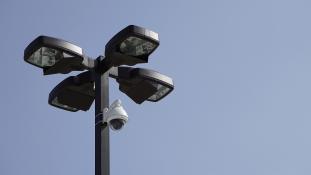
How to Manage Parking
- 3 Solution(s)
- 5 Datasource(s)

Protection against floods
- 2 Solution(s)
- 1 Datasource(s)

Watering Green Spaces Efficiently
- 3 Solution(s)
- 1 Datasource(s)
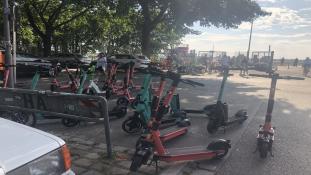
Regulating Shared Micromobility Programs
- 2 Solution(s)
- 2 Datasource(s)

Establish Municipal Climate Protection Management
- 5 Solution(s)
- 3 Datasource(s)

FURTHER INFORMATION
You need support to establish a realization for your city? You would like to know what you have to consider? You would like to adopt the realization, but are not yet a core member of the Urban Data Community (UDC)? Contact the respective experts. We will be happy to assist you!

